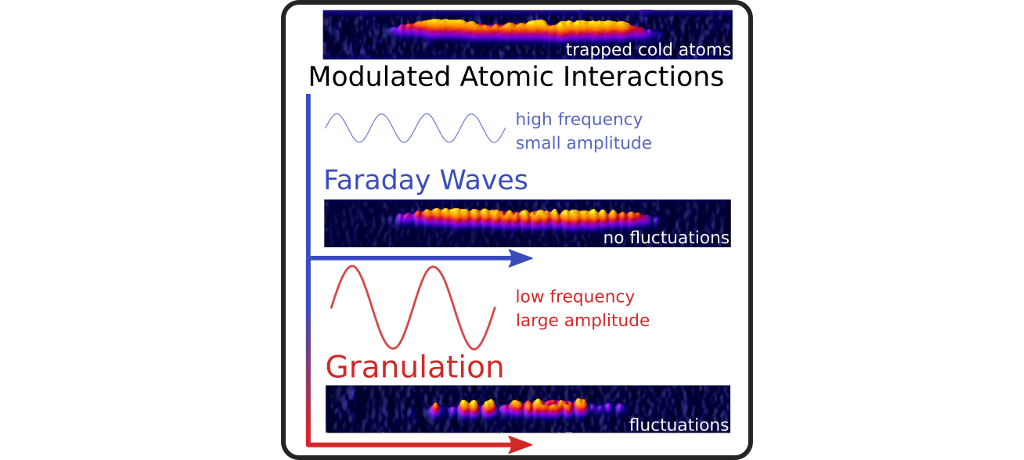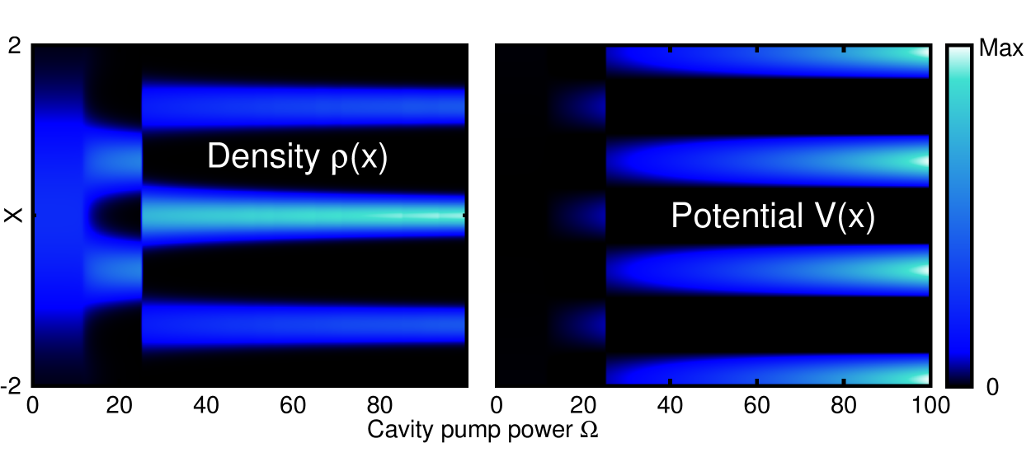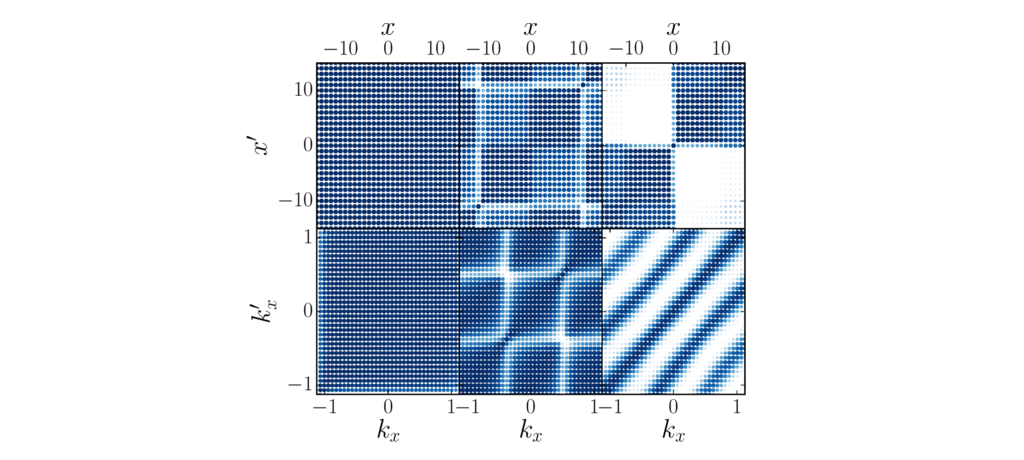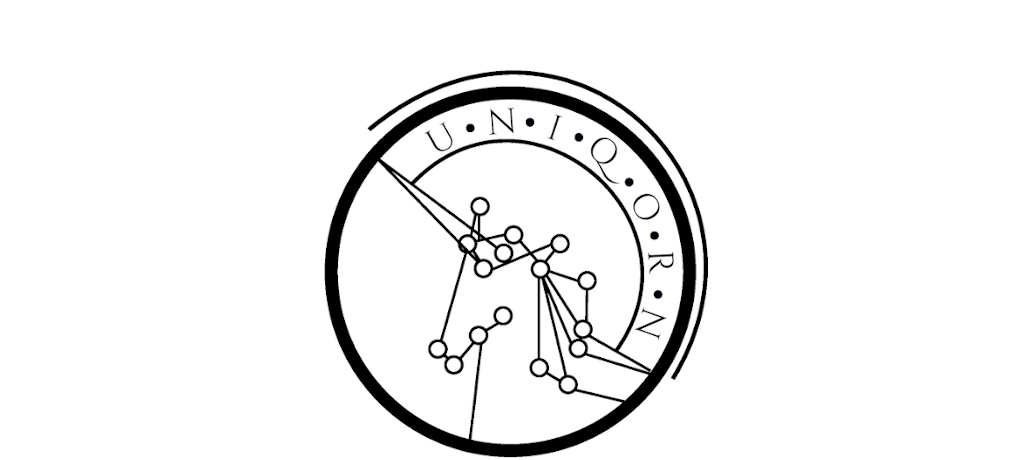PRL: Unidirectional atomic currents in a non-Hermitian momentum lattice
Dissipation is ubiquitous in quantum optical systems, and it can induce surprising consequences by bringing non-Hermiticity into the system. For example, even an extremely weak dissipation can stabilize high-energy steady states which are otherwise inaccessible in closed systems. This behavior has been predicted in different variations of Dicke-like models (see for instance this and this work).Â
In this experimental work, we realize such a dissipative dynamics in a momentum lattice, where we observe a unidirectional atomic current tracing a pathway determined by the dissipation. During the experiments, we used MCTDH-X to guide, confirm, and interpret the experimental observations, more specifically by reproducing the dissipative dynamics in continuum. This is particularly useful in this specific experiment, because few mode expansions are inadequate due to the nature of the dynamics. A sequence of atomic configurations predicted by the Gross-Pitaevskii equation are shown in the figure, where a hopping in the momentum lattice can be clearly observed. Moreover, MCTDH-X can also capture the dephasing effects due to contact interaction between atoms.
Read more on the arXiv and PRL. The MCTDH-X simulations are discussed in details in the Supplemental Material.
Â
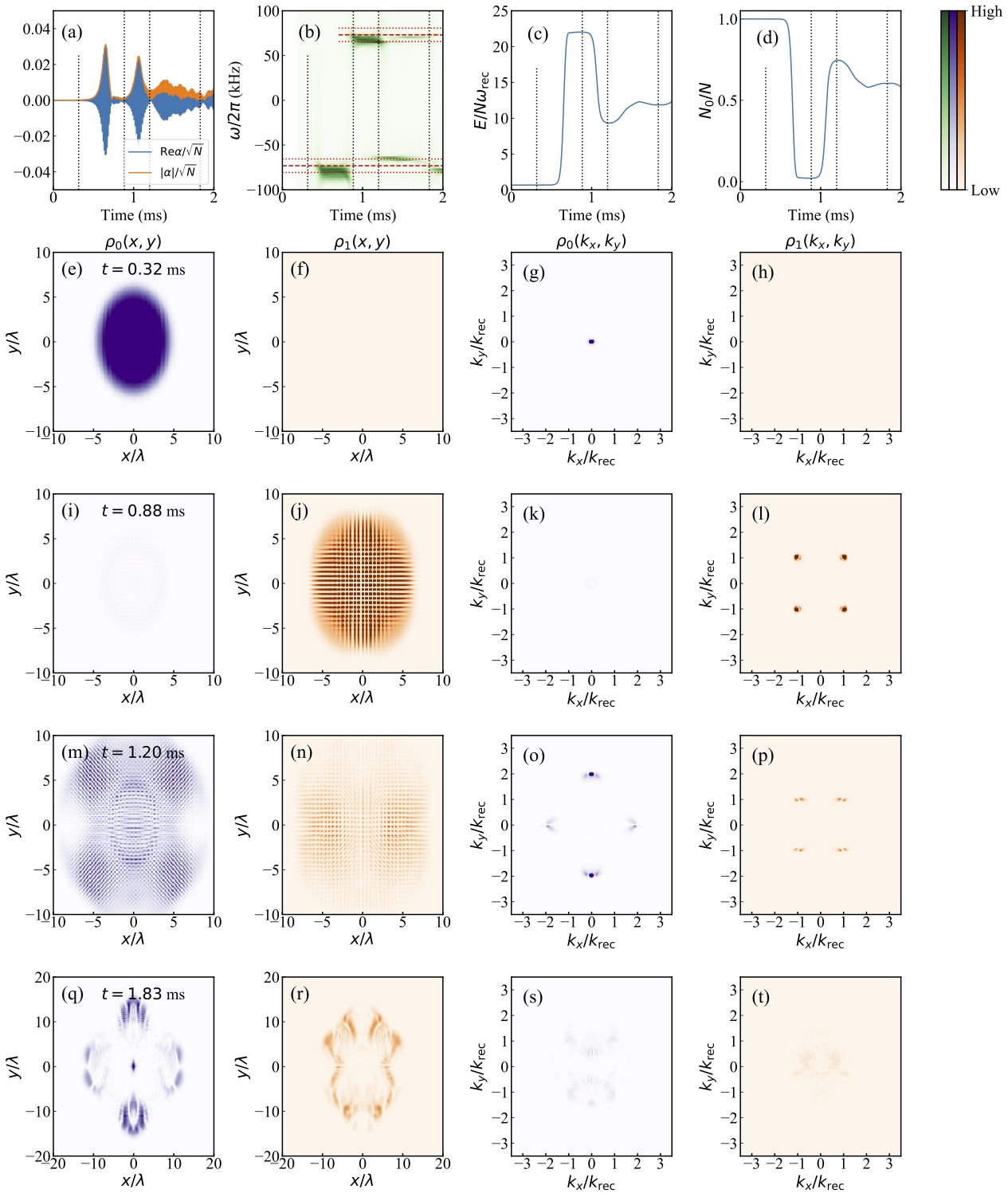
The density distribution of the spinor atoms in real and momentum spaces in four different time points (second to fifth rows). The first and second columns are the real space densities of the spin-up and spin-down states, while the third and fourth columns are the momentum space densities. A outwards hopping is observed in the momentum space.Â
Hits: 659


